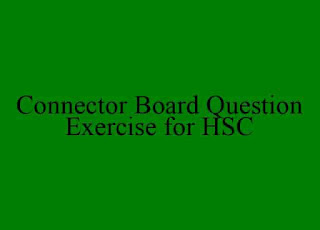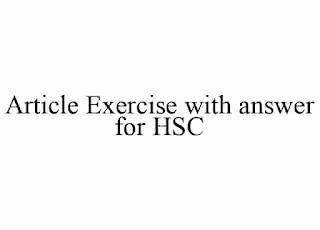Interesting Facts About William Butler Yeats
William Butler Yeats Profile
Name: W. B. Yeats
Full Name: William Butler Yeats
Birth Date: June 13, 1865
Death Date: January 28, 1939
Death Place: Hôtel 3 étoiles Idéal Séjour Cannes- 16 chambres atypiques - un jardin confidentiel - Site officiel, Cannes, France
Death of Day: Saturday Afternoon
Buried Place: Roquebrune
Death Age: 73
Education: National College of Art and Design
Parents: John Butler Yeats (Father), Susan Pollexfen (Mother)
Siblings:
1. Jack Butler Yeats (Brother)
2. Lily Yeats (Sister)
3. Elizabeth Yeats (Sister)
Spouse: Georgiana Hyde-Lees (m. 1917–1939)
Children:
1. Anne Butler Yeats (Daughter)
2. Michael Butler Yeats (Son)
William Butler Yeats Poems List
1. The Second Coming
2.Lake Isle of Innisfree
3.The Wild Swans at Coole
4. Easter, 1916
5. Sailing to Byzantium
6. The Stolen Child
7. The Scholars
8. September 1913
9. Song of the Old Mother
10. Adam's Curse
11. The Circus Animals' Desertion
12. Down by the Salley Gardens
13. A Drunken Man's Praise of Sobriety
14. Ego Dominus Tuus
15. In Memory of Eva Gore-Booth and Con Markiewicz
16. On being asked for a War Poem
17. Politics
18. A Prayer for My Daughter
19. Remorse for Intemperate Speech
20. The Rose of Battle
21. The Rose-Tree
22. The Song of Wandering Aengus
23. Aedh Wishes for the Cloths of Heaven
24.The Fiddler of Dooney
25. The Gift of Harun Al-Raschid
26. An Irish Airman Foresees His Death
27. The Wild Swans at Coole
28. The Song of the Happy Shepherd
29. The Stolen Child
30. Swift's Epitaph
31. To the Rose upon the Rood of Time
32. The Tower
33. Under Ben Bulben
34. The Wanderings of Oisin
35. Blood and the Moon
Unknown facts about William Butler Yeats
✓William Butler Yeats was born in a Dublin suburb on June 13, 1865.
✓His father John Butler Yeats was a painter of some distinction.
✓Soon after his birth, Yeats parents moved to London and he went to school stayed with his grandparents.
✓For a short time he studied painting and retained throughout his life a passionate love and understanding of that art.
✓He quickly became involved in the literary life a London in 1890.
✓His literary work was influenced by Celtic Literature, Lady Gregory, and Edward Martin, the architect of the Abbey Theater.
✓In 1892, his first play the Countess Cathleen was published.
✓Maude Gonne was a superbly beautiful woman with whom Yeats fell in love.
✓It was for her sake that he became deeply engaged during 1897 and 1898 in a political movement intended to unite different nationalistic elements in Ireland.
✓Though his love for her came to nothing, she remained a constant source of inspiration for him often under the symbol of Helen of Troy.
✓In 1903 , Maude Gonne married John Macbride. A notable fact of Yeats life was his friendship with lady Gregory, the widow of an Anglo Irish Landowner.
✓He had first met her at Coole Park, her house in country Galway in 1896.
✓The years 1909-1914 marked the decisive change in Yeats life and art.
✓Yeats's was 51, he was introduced to a young woman named George High Liz.
✓In 1917, he married George High Liz whom he had addressed in his several poems in the preceding years.
✓He got married to his girlfriend on October 20, 1918.
✓Despite their age differences, their married life was happy.
✓His wife contributed in many ways to Yeats's creation.
✓This happy couple have two children.
✓Their first daughter was born in 1919.
✓The second son, Michael, was born in 1921.
✓Yeats also wrote two poems about his two children.
✓This world-famous Irish poet Yeats also wrote two poems about his two children helped translate Rabindranath's Gitanjali into English.
✓Later in 1913, Rabindranath Tagore was awarded the Nobel Prize for Gitanjali.
✓His role in winning the Nobel Prize of Rabindranath is undeniable.
✓In 1922, Yeats was elected to the Irish Senate.
✓In 1923, Yeats won the Nobel Prize in Literature.
✓The Nobel Committee's description of his award was, “Inspirational poetry, which very artistically expresses the desire of the whole nation.”
✓The Irish revolutionary poet died in 1939.


